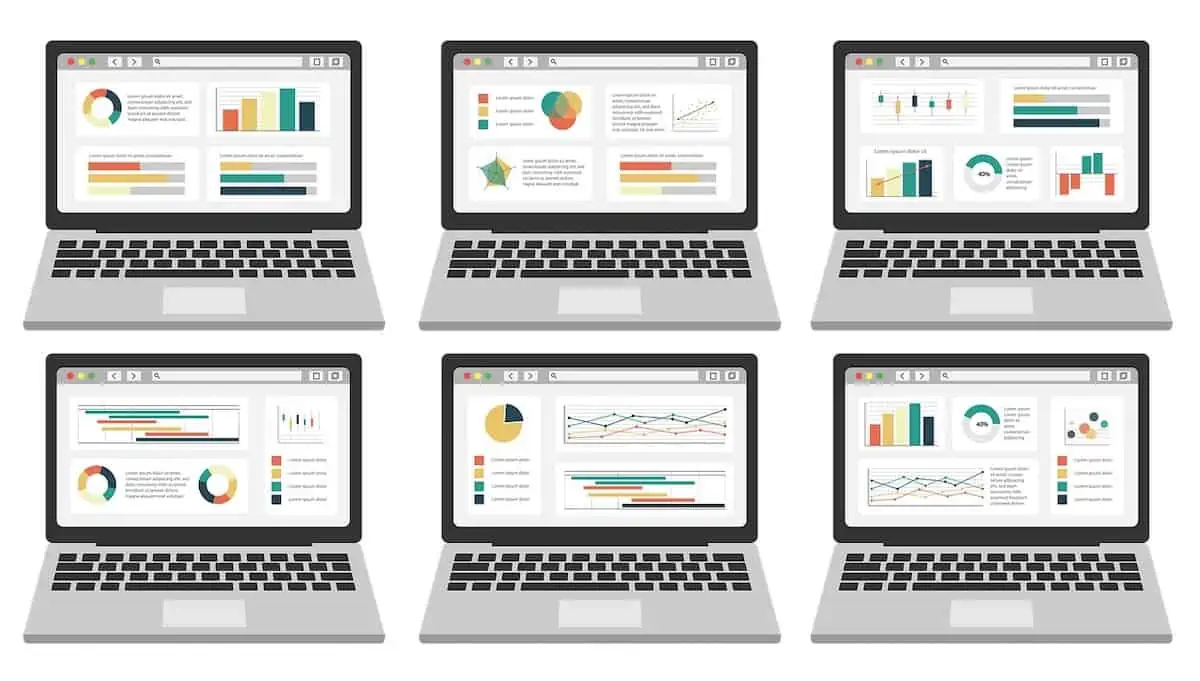Typically, as evidenced by the home automation industry’s active use of voice recognition for the consumer space, the consumer application of technologies, like virtual reality or augmented reality, leads towards logistics artificial intelligence applications in logistics and supply chain, which includes the use of voice recognition.
No less exciting than space travel or driverless cars is the rapid development of natural voice recognition technology. Automated call center and foundational smartphone software that can follow verbal instructions has already come to pass.
However, recent developments in this space promise to revolutionize the shipping and logistics industries too, making times in transit faster and the entire process of moving and shipping products more flexible.
Continue reading “Voice Recognition Technology Is Here! And It Can Hear You!”



